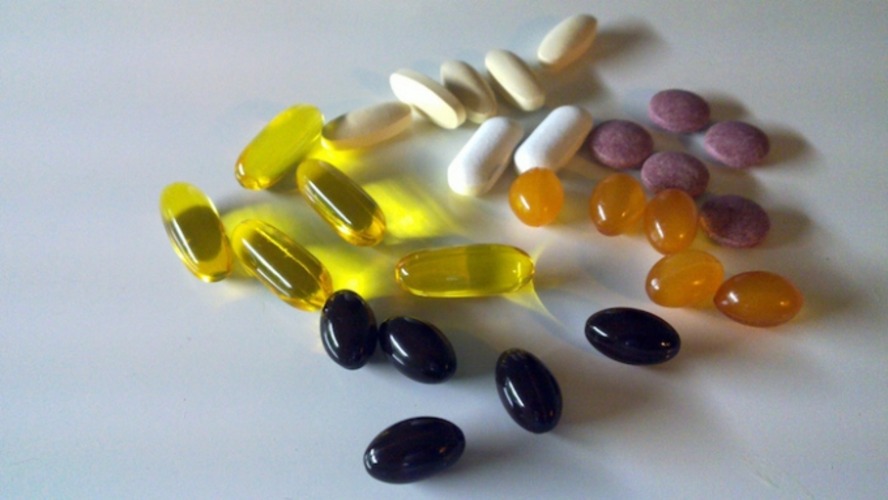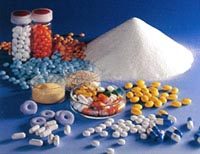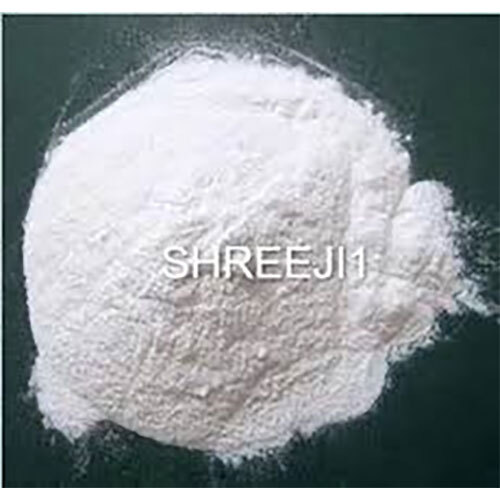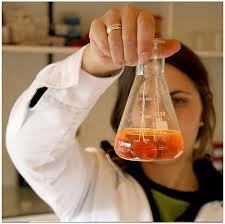Choline Chloride
190.0 INR/Kilograms
Product Details:
- Ph Level 4 6 (100 g/L, 98% choline chloride
- Smell No Smell
- Molecular Formula C5H14ClNO
- Molecular Weight 138.62 Grams (g)
- Storage Room Temperature
- Structural Formula C5H14ClNO
- Taste Odorless
- Click to View more
X
Choline Chloride Price And Quantity
- 190.0 INR/Kilograms
- 25 Kilograms
Choline Chloride Product Specifications
- 302 305 C
- Medicine Grade
- 4 6 (100 g/L, 98% choline chloride
- No Smell
- It is an important additive in feed especially for chickens where it accelerates growth.
- 5 Years
- 2-Hydroxy-N,N,N-trimethylethan-1-aminium chloride
- C5H14ClNO
- 29231000
- Powder
- 67-48-1.
- 138.62 Grams (g)
- Pharmaceutical Intermediates
- Room Temperature
- Choline chloride
- C5H14ClNO
- Odorless
- White or deliquescent crystals
- Soluble in water (500 mg/ml), alcohol, ethanol (28 mg/ml at 25 C), DMSO (28 mg/ml at 25 C), and methanol.
- 98%
Choline Chloride Trade Information
- Mumbai
- Cash Against Delivery (CAD), Cash on Delivery (COD), Cash Advance (CA), Cash in Advance (CID), Days after Acceptance (DA), Delivery Point (DP), Letter of Credit at Sight (Sight L/C), Letter of Credit (L/C)
- 25 Kilograms Per Day
- 7 Days
- No
- Free samples are available
- Drum and bag packing
- Australia, Central America, North America, South America, Eastern Europe, Western Europe, Middle East, Africa, Asia
- WE PROVIDES ALL KIND OF CERTIFICATIONS AS YOU REQUIRED
Product Description
An organic compound, chlorine chloride is a quaternary ammonium salt. A choline cation exists in it, while urea is a cloudless organic compound that dissolves in water. With the formula [(CH3)3NCH2CH2OH]Cl, it contains both an alcohol and a quaternary ammonium salt. This bifunctional compound contains natural choline as the cation. Usually used in animal feed, it is a white, water-soluble salt.
Choline Chloride Properties:
- Solubility in water: Very soluble (>650 g/l)
- Chemical formula: C5H14ClNO
- Melting point: 302 C (576 F; 575 K)
- Appearance: White or deliquescent crystals
- Molar mass: 139.62 gmol1
- CAS Number: 67-48-1
How does it work?
Chickens particularly need it for accelerating growth, which is why feed additives like it are important. Many compounds, including urea, ethylene glycol, glycerol, and others, can form deep eutectic solvents. Additionally, it is utilized as a clay control additive in fluids that are further used for hydraulic fracturing.
Applications Or where it is used:
Chicken feed contains it as an important additive, as it increases growth.
Side effects:
Choline can cause unpleasant and possibly harmful side effects when consumed in excess. Dropping blood pressure, sweating, diarrhea, fishy body odor, nausea, and vomiting are some of these symptoms.
Tell us about your requirement

Price:
Quantity
Select Unit
- 50
- 100
- 200
- 250
- 500
- 1000+
Additional detail
Mobile number
Email









 : nilesh.sheth70
: nilesh.sheth70
